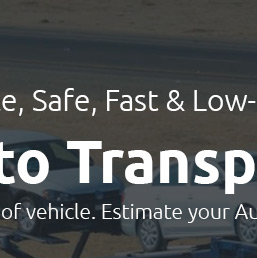 |
|
||||
 |
 |
 |
 |
||
 |
 |
|||||
 |
 |
 |
 |
 |
 |
 |
||
 |
 |
 |
 |
 |
 |
 |
 |
 |
 |
 |
|
 |
|
Unlock the world with our unparalleled auto shipping service-your gateway to seamless transport of any vehicle, from sleek sports cars to robust trucks, across the globe; our expert team delivers excellence with precision, ensuring your prized possession reaches its destination safely and on time, while our transparent pricing answers your burning question: how much does it cost to ship a vehicle overseas? Rest easy knowing our competitive rates and exceptional service redefine the standards of international vehicle transport, making your journey as smooth as the road ahead.
https://tciships.com/en/article/blog/how-to-ship-a-car-overseas-all-you-need-to-know
One of the main factors that will greatly affect your international car shipping cost is the distance to the foreign country. In general, ... https://www.shipyourcarnow.com/auto-transport/cost-to-ship-car-overseas/
Shipping a personal vehicle internationally can cost from $1,000 $5,000 for standard ocean transport or $5000 $40,000 for air transport. https://universaltransit.com/blogs/how-much-does-it-cost-to-ship-a-car-overseas
How much it cost to ship a car overseas: Expect the unexpected. Transferring your car through the ocean and continents is not easy, and the ...
|
